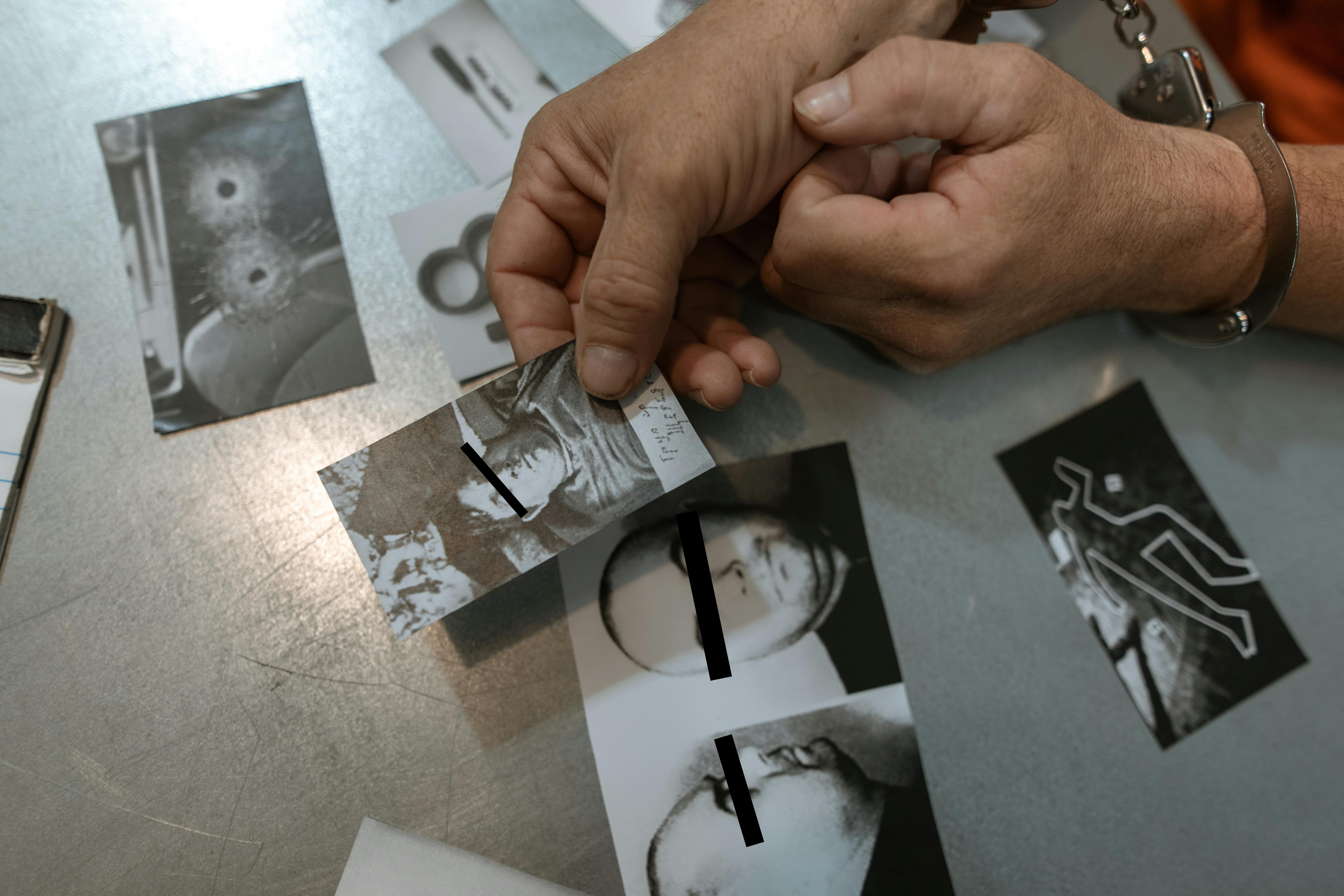The recent shooting at an office complex in Phoenix, where a man involved in a mediation meeting shot and killed the other party to the dispute and shot and killed one of the attorneys, reminds us again that attorneys and their clients can run a lethal risk. by current or train angry customers. Similar recent courtroom shootings in Delaware and South Carolina demonstrate that court cases or the courtrooms where they begin and end can be emotional places.
Most court visits go smoothly. People conduct their business and leave. Some people cannot cope with the responses they hear and become violent, directing their anger at the other litigant, their ex-spouse, the attorneys or judges, and the court officers, bailiffs, bailiffs, and deputies who responded.
Courthouse security is not uniform, universal, or well practiced in all counties. The US Marshals and their security subcontractors (often retired police officers) do a good job of keeping all federal courthouses safe from guns and violence. But smaller local jurisdictions often take a wait-and-see attitude when screening courthouse visitors. Many older courthouses (including some built in the late 19th century that are still in operation) were not originally designed to keep angry people out. Many of them have many entry and exit doors, antiquated security systems, and insufficient security personnel.
I’ve been to several rural county courthouses where the sheriff’s deputies assigned there tell me, “We have a metal detector, but we don’t use it every day. You need two deputies to staff it. We’re often understaffed. Just plug it in when Let’s hope there will be high-profile or very emotional court cases on the calendar.” Hmm. Isn’t that every day in court? Whether it is a civil trial or a criminal case, the plaintiffs and the defendants or the victims and the suspects are not there because they want to be there.
If you ever have to serve on a jury, don’t just show up with a good book, sit in the jury room, start reading, and wait to be called. Pay attention to your surroundings and be on the lookout for irrational, angry or mentally ill people inside or outside the facility. You must be vigilant and aware of your safety at all times when walking to the courthouse, entering or exiting the building.
The most dangerous area of any courthouse is in an area where most people intuitively believe to be safe: the lobby entrance. The presence of a metal detector and armed officers or armed contract security people operating it actually increases the risk of a shooting. If the bad boy or bad woman has decided to bring a gun into the building, this is the first and last line of defense to stop him.
Even the most mentally ill armed suspects know that they will have to make a decision to shoot or surrender once the weapon is discovered in a briefcase, purse or purse or by the metal detector. They will have to make a decision to shoot their way through the facility or be stopped while trying. That’s why each courthouse metal detector station requires at least two armed officers or security officers: one searches while the other protects the searcher.
On Halloween 2003, a man who was involved in a case in which his disability compensation was placed in a trust was angry with the attorney who managed the trust and collected the fees. He confronted the attorney outside the courthouse in Van Nuys, CA and shot him multiple times. The lawyer tried to hide behind the skinny trunk of a nearby tree and was hit by many bullets that fortunately did not kill him. The shooter was approached by a judge (who was also a reserve sheriff’s deputy) who was walking nearby. The lawyer survived and the man went to prison for life. This incident was filmed by a local news crew (who were on hand to film the Robert Blake murder trial) as it happened and was one of the first viral internet sensations.
Perhaps two equations apply when trying to understand how angry people can turn homicidal towards lawyers:
Legal Issues + Court or Law Firm Visits + Emotional People = The Potential for Lethal Violence
Y
Economic Stress + Mental Illness + Need for Revenge = Potential for Lethal Violence
Triggering decisions can lead to triggering events. Pay attention to your safety in and around our courts.
